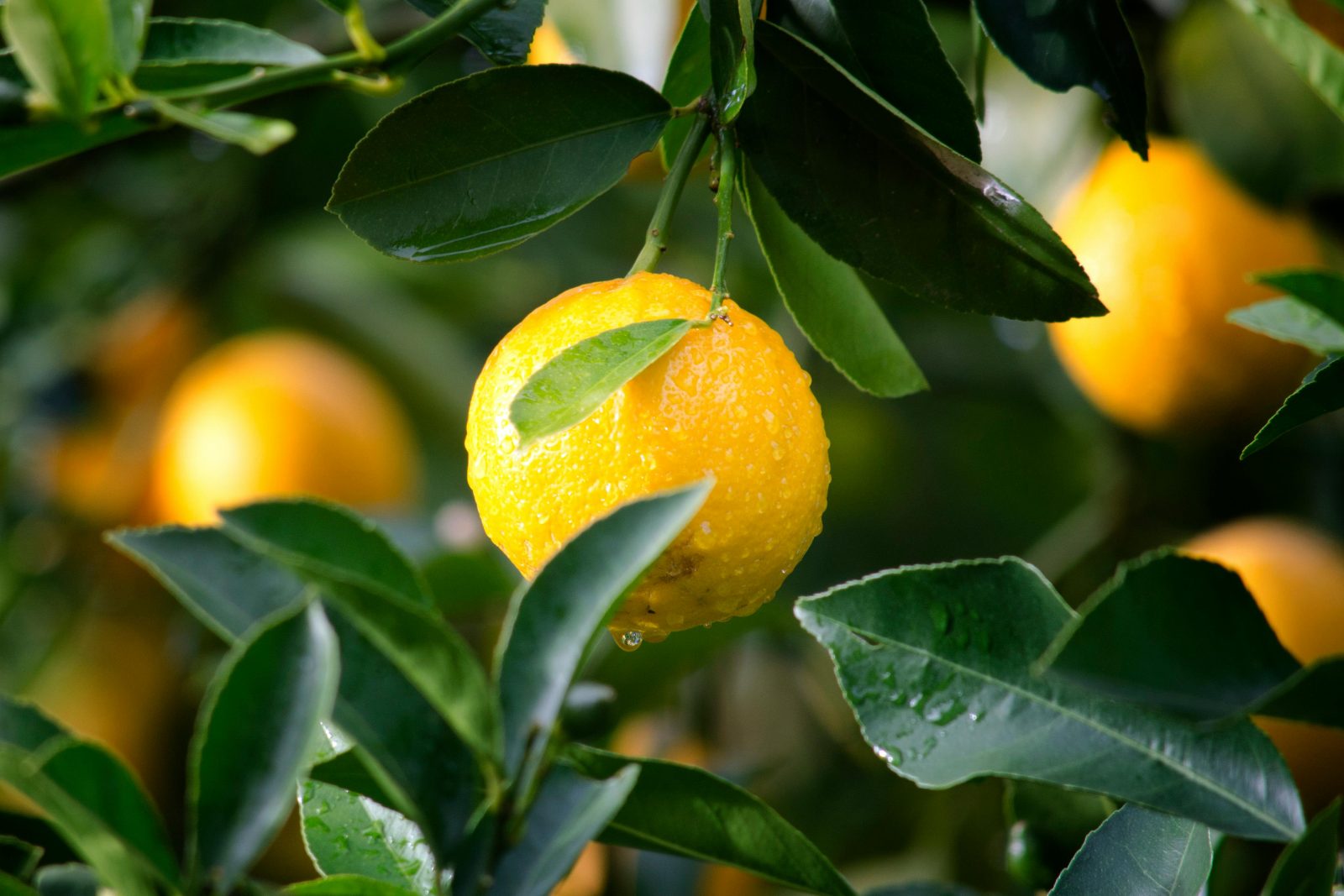Florida’s citrus industry, once a cornerstone of the state’s economy and identity, is confronting an unprecedented crisis. Over the past two decades, citrus production has plummeted by nearly 90%, driven by a confluence of devastating diseases and increasingly severe weather events. This dramatic decline has compelled growers to urgently seek assistance to sustain their livelihoods and preserve this iconic industry.
The Steep Decline in Production
In the early 2000s, Florida’s citrus groves were flourishing, with annual orange production reaching approximately 242 million boxes. However, recent reports indicate a staggering decrease to just 12 million boxes—a 95% reduction. This sharp downturn has been attributed to persistent challenges such as citrus greening disease and the impact of successive hurricanes.
Citrus Greening: A Persistent Threat
Citrus greening, also known as Huanglongbing (HLB), has been a significant factor in the industry’s decline. This disease, spread by the Asian citrus psyllid, causes trees to produce misshapen and bitter fruit, eventually leading to tree death. Despite extensive research, there remains no effective cure, and the disease continues to devastate groves across the state.
Impact of Natural Disasters
In addition to disease, Florida’s citrus industry has been battered by natural disasters. Hurricanes Helene and Milton, for instance, caused significant damage to citrus groves, with some areas experiencing up to a 40% loss in production. The combination of high winds and flooding led to substantial fruit drop and long-term damage to trees.
Economic Consequences
The decline in citrus production has had far-reaching economic implications. The industry, which once contributed over $9 billion annually to Florida’s economy and supported more than 100,000 jobs, is now facing severe financial strain. Many growers are grappling with increased production costs and reduced yields, leading some to abandon their groves or sell their land for development.
Calls for Assistance
In response to these challenges, Florida citrus growers are seeking assistance from state and federal agencies. The Florida Department of Agriculture and Consumer Services (FDACS) has been working to support growers through various initiatives, including the Citrus Health Response Program, which aims to manage and mitigate the impact of citrus diseases.
Additionally, the FDACS offers a Best Management Practices (BMP) Cost Share Program to assist producers in implementing practices that enhance production efficiency and environmental protection. This program provides financial and technical assistance to eligible growers, helping them adopt measures to combat disease and improve crop resilience.
Looking Ahead
Despite the daunting challenges, many Florida citrus growers remain committed to revitalizing the industry. Ongoing research into disease-resistant citrus varieties and advanced agricultural practices offers a glimmer of hope. Growers are also exploring diversification strategies, such as introducing alternative crops and developing new markets for citrus products.
The resilience and adaptability of Florida’s citrus growers will be crucial in navigating this crisis. With continued support from government agencies and advancements in agricultural research, there is cautious optimism that the state’s citrus industry can recover and continue to be a vital part of Florida’s heritage and economy.
Conclusion
The nearly 90% decline in Florida’s citrus production underscores the urgent need for comprehensive support and innovative solutions. As growers seek assistance to combat disease, recover from natural disasters, and adapt to changing conditions, the collective efforts of industry stakeholders, government agencies, and the scientific community will be essential in ensuring the survival and resurgence of this iconic industry.
(Source : fdacs.gov , theguardian.com)













Leave a Reply